Features
Meet the Jury: Anne Farrar on Reinventing Travel Photography
By Lars - 8 min read
The Director of National Geographic Traveler shares her approach to covering far-flung destinations.
Anne Farrar is photography editor at National Geographic Traveler—the perfect background for judging the EyeEm Awards ‘Great Outdoors’ category. We asked her what it takes to upend this traditional photo genre.
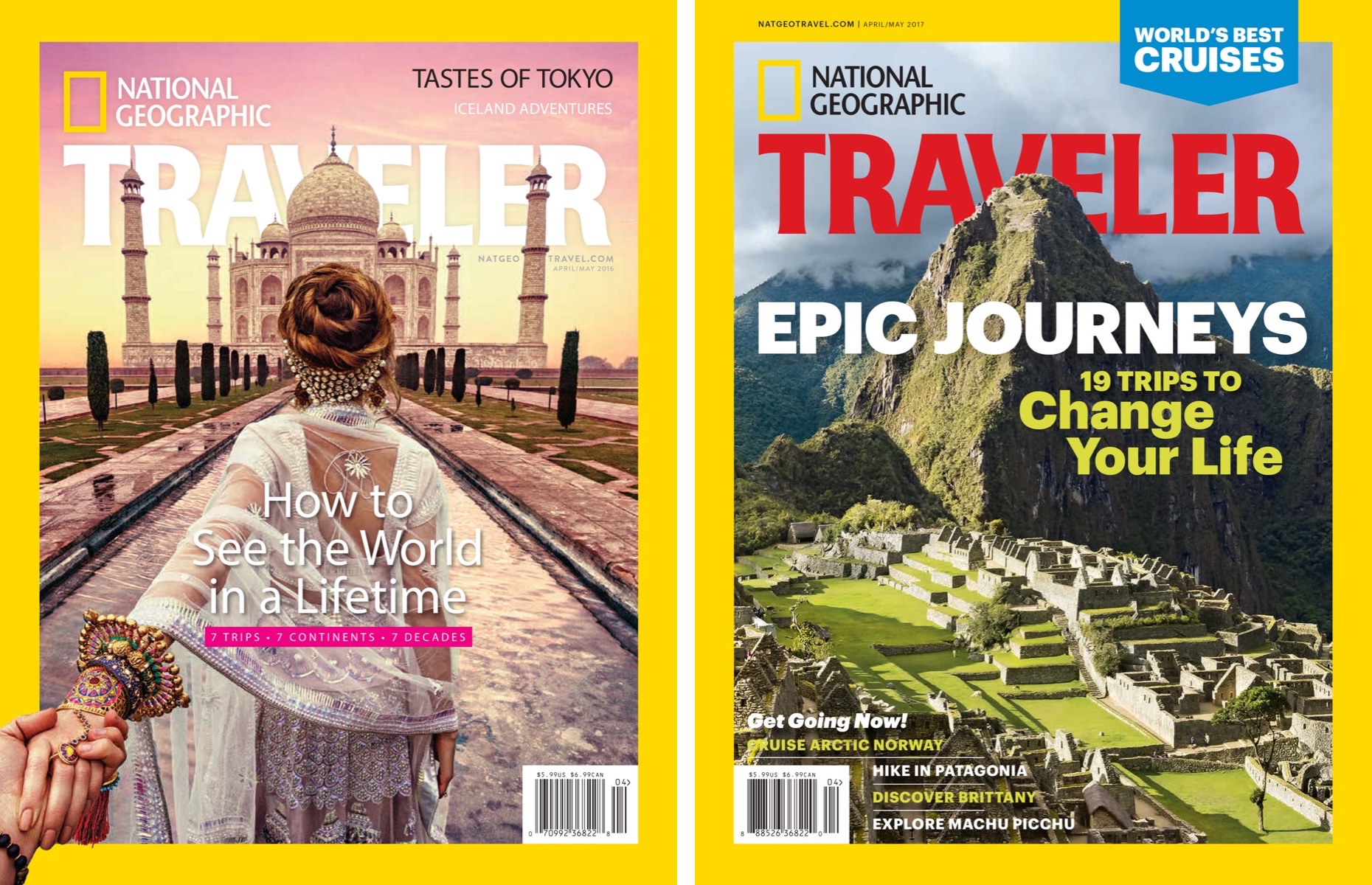
You’ve worked as a photography editor for a long time—at the Washington Post, Dallas Morning News, and now at National Geographic Traveler. What does it mean to be Director of Photography?
It seems like it’s an ever changing workload. I get to help craft the visuals of the magazine, so I am over all the imagery that hits all the pages. I help curate, tell stories, and assign stories throughout the world.
How precisely?
I send photographers around the world to tell the stories of places and spaces. Destinations that wow people, destinations that engage, reveal spaces in known destinations. Take Berlin or Paris: We like to find unknown sides of those cities and tell people how to get there.
Travel photography has been around ever since the first cameras came out. Every conceivable trip has been shown. How do you keep reinventing this genre?
It’s hard. What is really fun is to find new and unique photographers. People who see the world a little differently. People who are perhaps not a traditional travel photographer and approach the genre from a different angle. I’ve had the pleasure of working with the likes of Alex Webb, Luca Locatelli, or Aaron Huey—they bring a fresh eye to the idea of travel photography.
“Photographers often tell stories 24/7”
They reinterpret it?
You get a different kind of palate and structure than from a dedicated travel photographer. Throw a person into a different space and they get to expand their vision on how they tell stories. They come back with surprises. It’s in photographers’ nature to be incredibly inquisitive. I also find that it helps not to marry the photography with the text, by having joint stories rather than one story. It encourages photographers to go off the beaten path. I give them highlights that we have to hit within the story, but I also ask them to bring their vision to the pages—not just to reflect the writer’s vision.
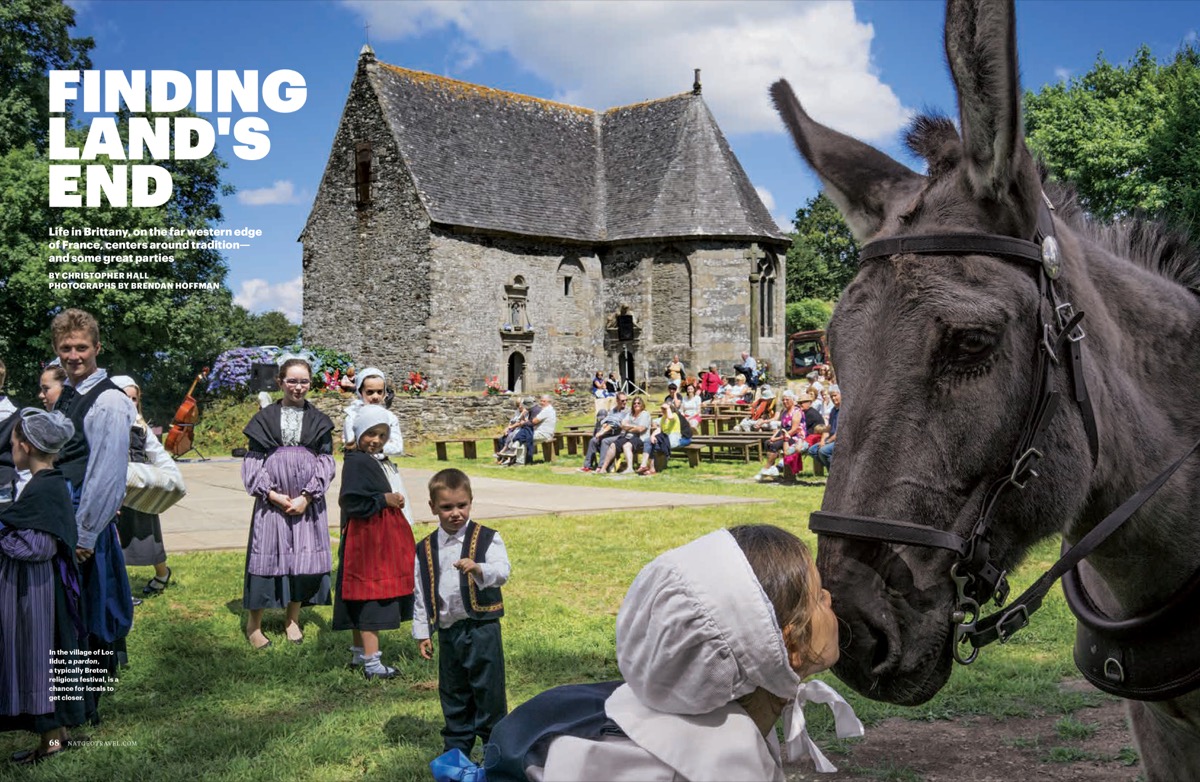
A photo using intricate layering to bring new perspectives to travel photography. Used with permission.
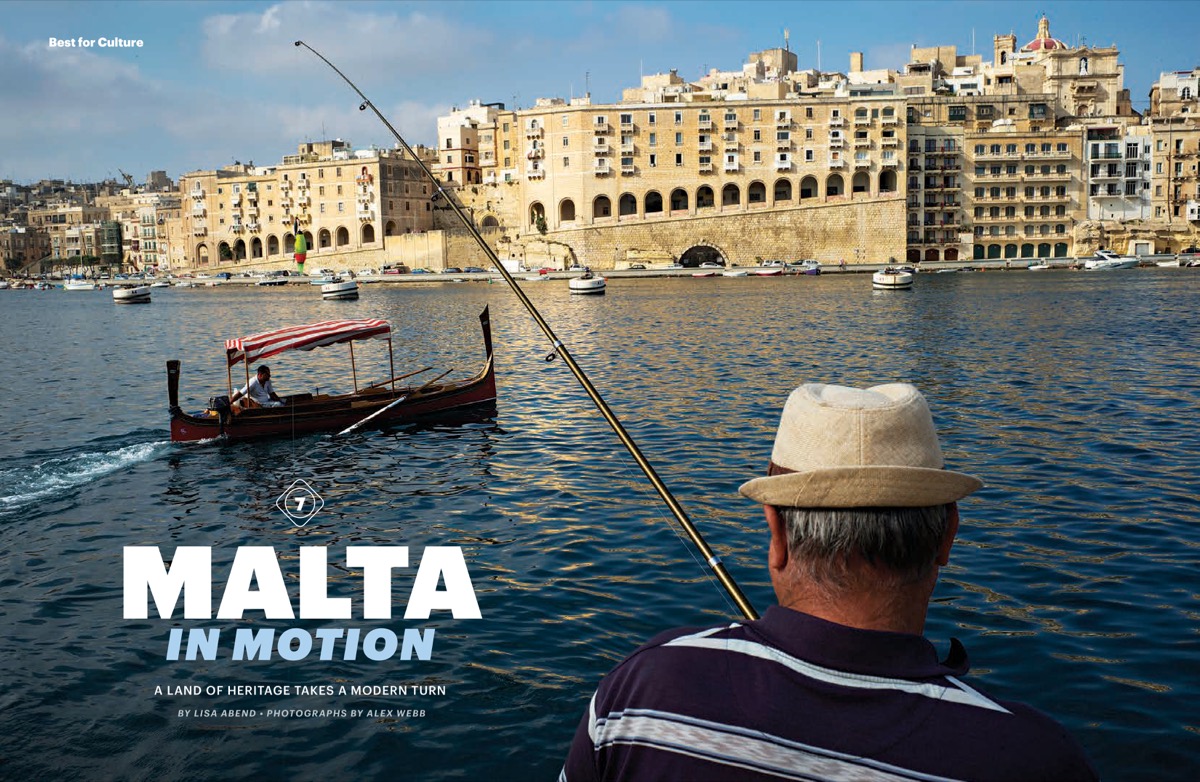
A look over the shoulder of a fisherman offers an unseen viewpoint. Used with permission.
Does that mean all photographers could be considered travel photographers?
That is actually something I’ve been thinking about and discussing with others a lot. At National Geographic, we have people that travel the globe. Not only do they travel for a story, but also to reflect a culture or experience. Photographers don’t put down their camera at the end of the day. They often tell stories 24/7, they experience scenes, people, and places and they shoot that.
Lots of them take pictures on the side, explore all the time—which means they are in essence travel photographers at the same time. They may not call themselves that, but they are traveling the world and taking pictures of their adventures. That fits well with National Geographic.
Because that’s how you see yourself as well?
We are explorers and adventurers, encouraging our readership to get out the door, to walk through your backyard, or get on that plane and get on that train and move, see, experience and explore.
“Education is a great strategy for taking photos”
How about the readers?
Just the same: The general audience are travel photographers. Everybody has a phone and is taking pictures of what they see and experience. When it comes down to it, everyone’s a travel photographer.
**But that also brings to mind the famous quote from Susan Sontag, who wrote, ‘Travel becomes a strategy of accumulating photographs.’ What kind of role should photography play in traveling? **
In the context of our magazine, we try to inspire and bring surprise to the pages. Part of that means exploring for people who can’t do it themselves, or show people what they may not ever be able to experience. Educate them on places and cultures, so that we all broaden our views and all get a broad palate of acceptance. That’s a great strategy for taking photos: It broadens our world view as humans, fosters acceptance, and makes us remain curious.
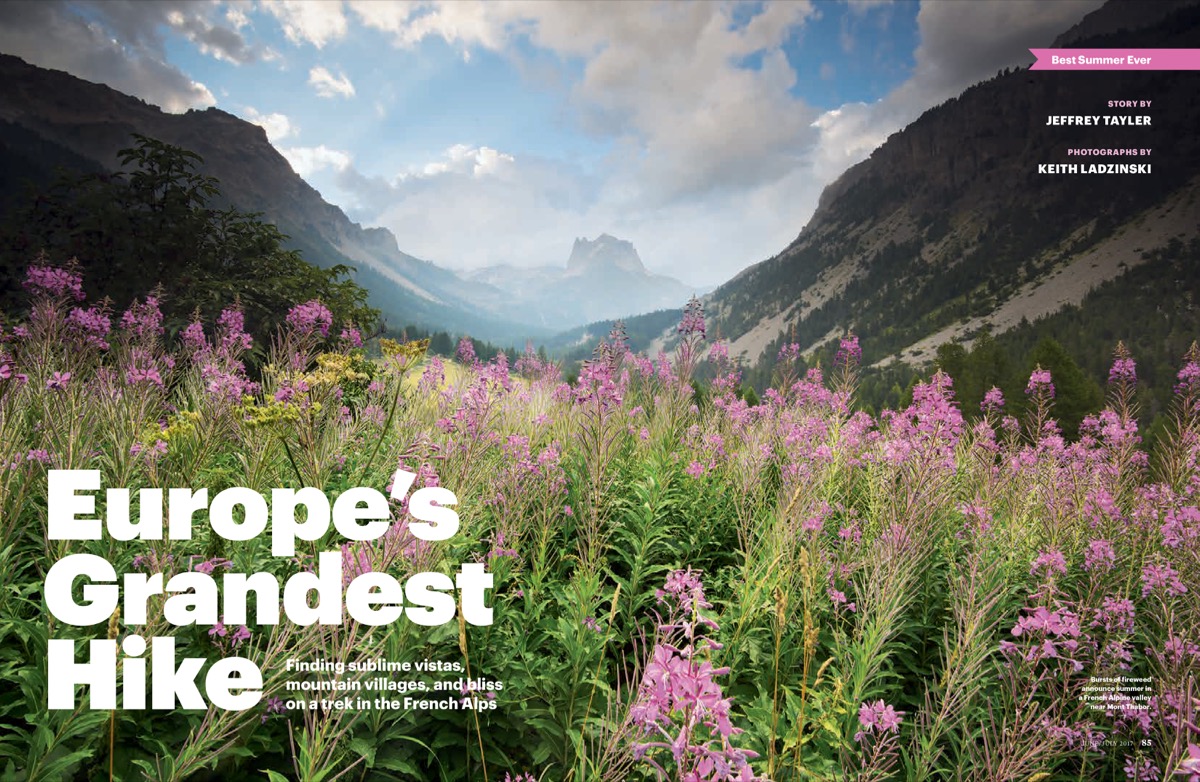
Shot from a low perspective, this picture of the French Alps combines a close-up with a scenic view. Used with permission.
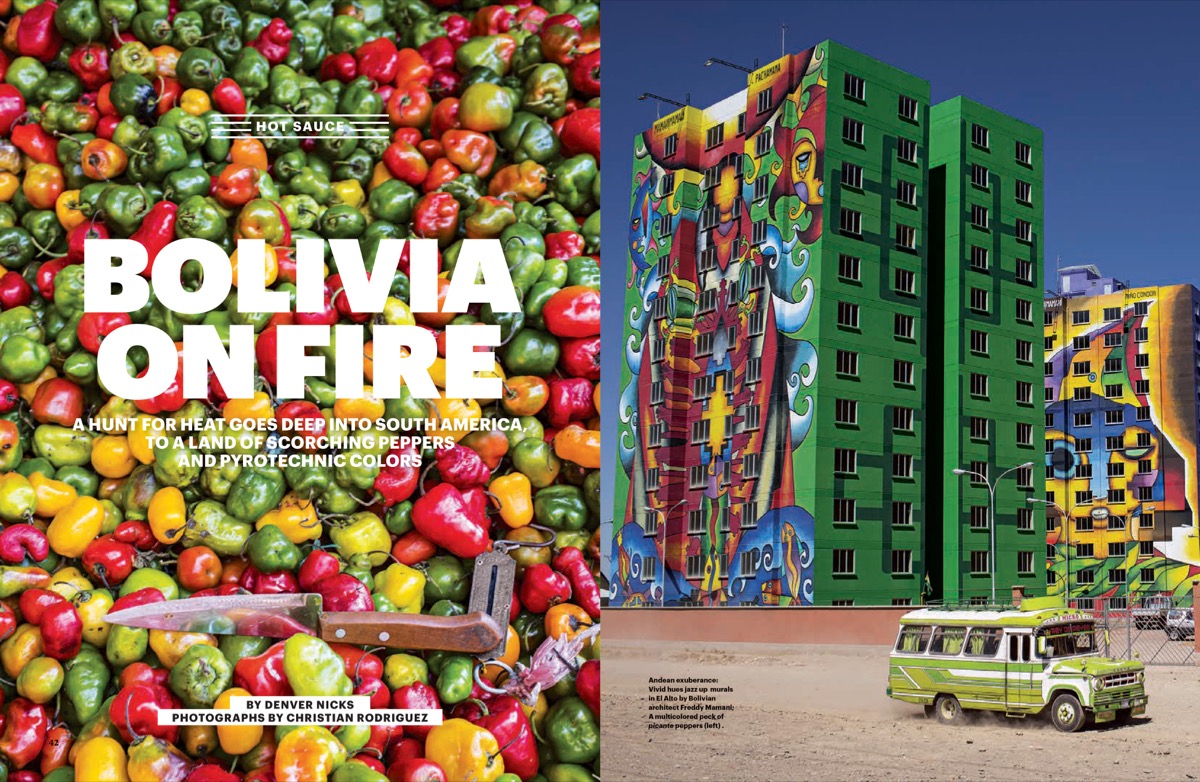
Rich colors rarely seen in Europe of the United States are used here to awaken curiosity. Used with permission.
What makes a travel photo great to you?
It’s the surprise element; seeing something I haven’t seen before. Even if it’s about a city that I’ve been to or seen before, but never seen like that. It’s important that we bring surprise to our pages: We have a longstanding history of fabulous photography and it’s up to me and the team I work with to make sure that moves forward, that it keeps surprising our readers. To see what’s in a new issue’s pages and to be excited about viewing the world through other people’s eyes.
“I browse Instagram a lot.”
National Geographic is one of the gold standards of photography. How do you build on that and evolve it?
It’s a lot of spiderwebs: Knowing photographers all across the world and having photographers send me pictures all the time. My e-mail inbox is a really valuable to me. I write with photographers that I may have met once but told “You travel a lot? Let me know where you’re going. Every time you go out the door or you know your plans for the next 3 months, just send me an email with your hot points and where you’re going to go.” So if I have a story kind of hit my door that’s going to be a stock piece or I need to research for something, I just go in my inbox and I’ll find ten photographers that have gone to Iceland within the last six months, let’s go see what they’ve done and reach out to them.
Do you also meet photographers in person?
We have photographers coming in and out of our building all the time, so I always try to touch base with them, see what they’re into. There’s a staff of amazing photo editors that constantly ping me with new photographers. It’s a big network. And that helps with finding those surprise pictures. I honestly go on Instagram a lot. I look at a lot of pictures. I spend late nights just scroll Instagram and do a deep dive. If I’m looking for pictures of surfers in Australia, I start going through Instagram and then I eventually find these really great photographers that may not surface in Google searches.
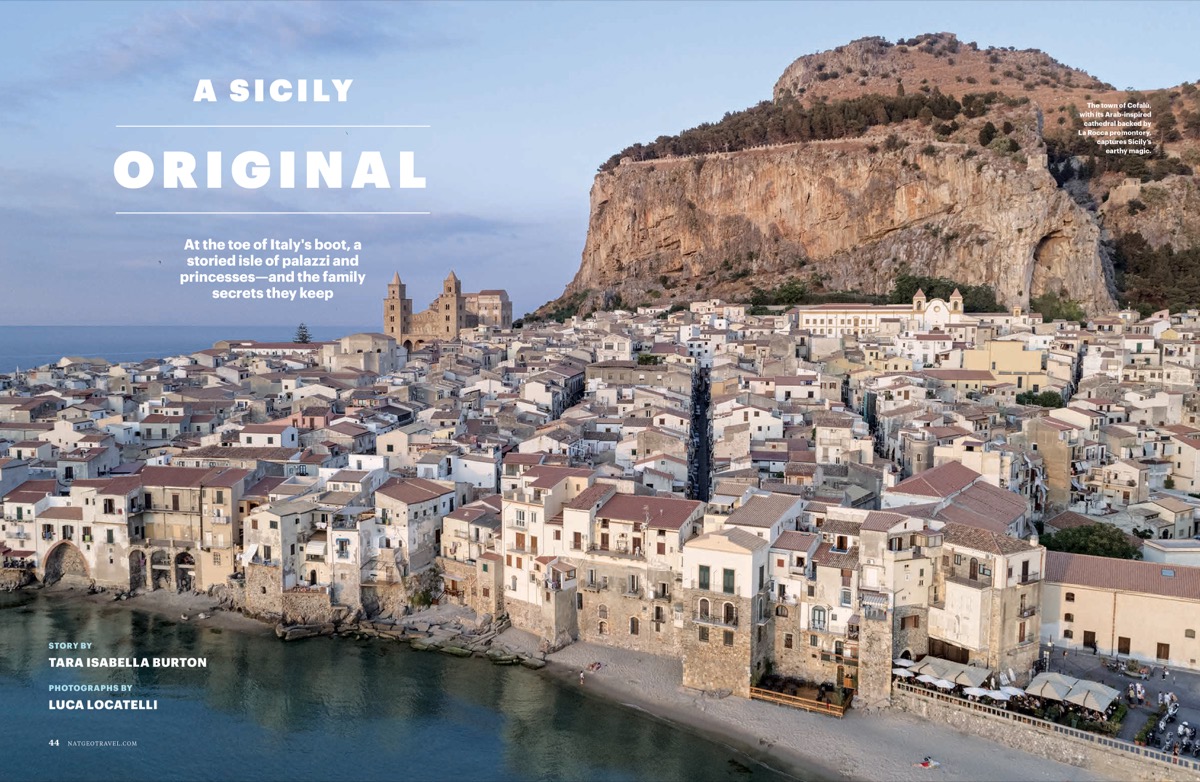
A wide-angle view of Sicily. Used with permission.
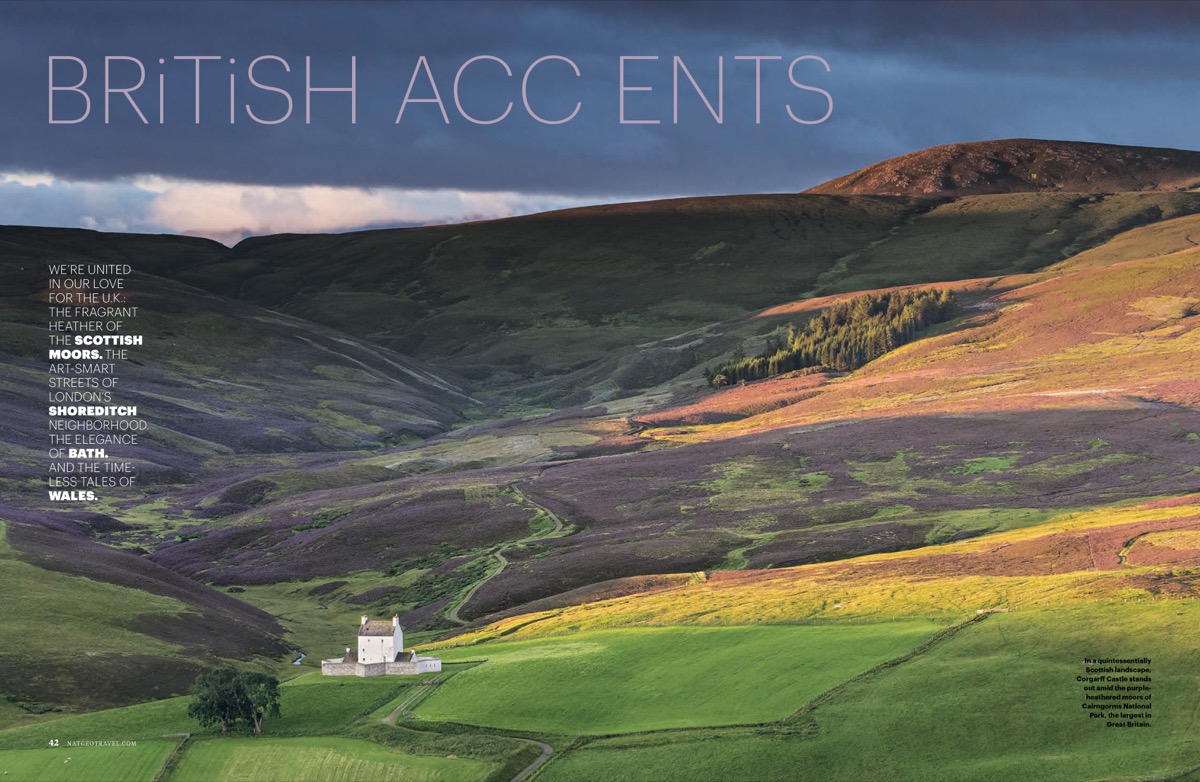
A great example of a landscape shot coupled with a snappy headline to grab the reader’s attention. Used with permission.
That’s very encouraging for budding photographers
Absolutely! It also shows me what people are doing now. A lot of times, people put their experimental photos on Instagram or on their blogs. They just shoot it out there to try something out. I find it really exciting to say, “Oh wow! You’re starting to do Polaroid transfer?” Maybe I can use that in the future. It kind of sparks my own creative imagination for how I might be able to take that vision and put it into my pages. Photo editing is very creative as well. We don’t just sit behind a desk and move paper around. It’s a really creative experience for me. I get excited and inspired by what’s out there everyday.
Curious to see Anne’s favorites from the EyeEm Awards? Head over to our finalists and see them all—or join us in Berlin on September 16th for the unveiling of the EyeEm Awards winners.
